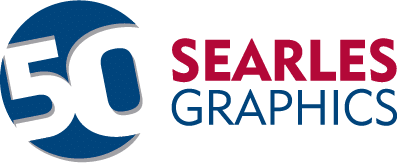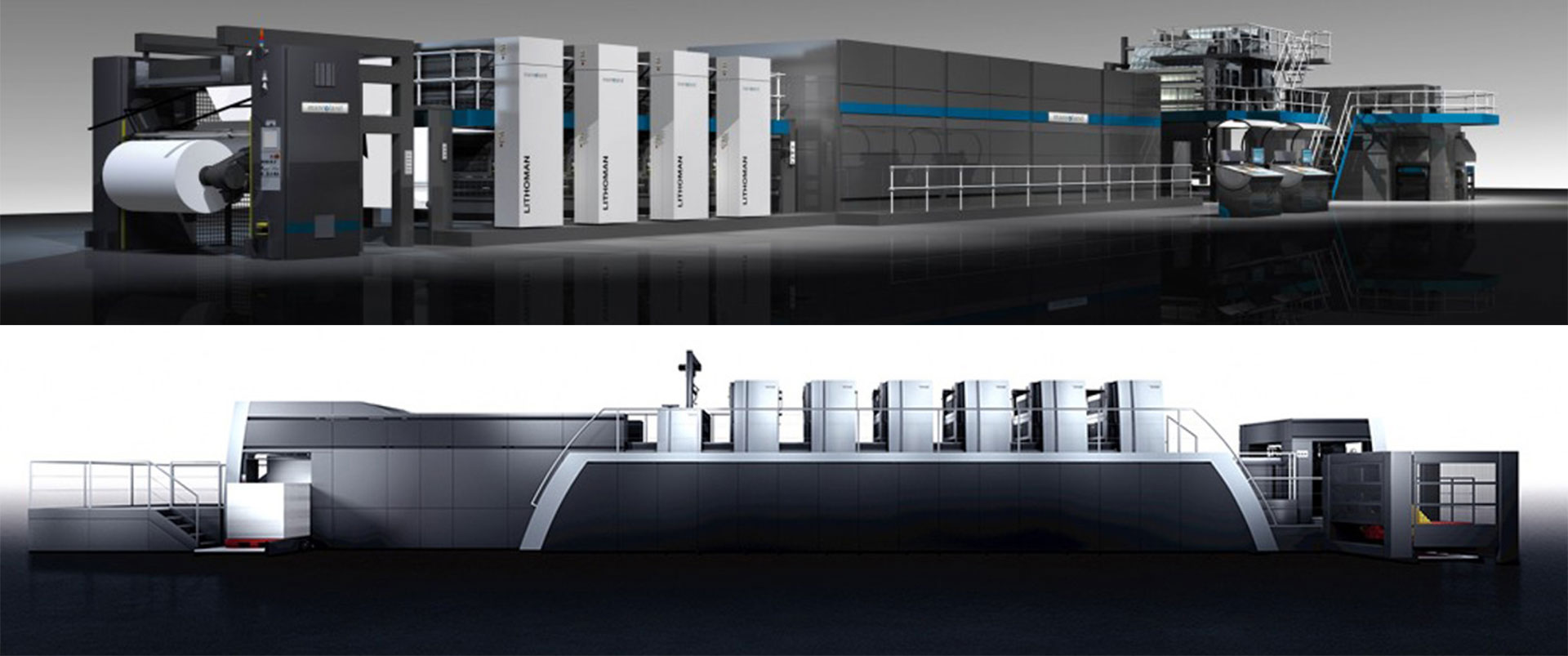When you’re looking into commercial printing solutions, two primary methods come to mind: sheet-fed and web printing. While both have their strengths, each suits specific project types, budgets, and timelines.
This detailed guide will dive deep into the differences, benefits, drawbacks, and optimal applications of each method, helping you confidently choose the right printing solution for your next project.
What Exactly Is Sheet-Fed Printing?
Sheet-fed printing involves feeding individual sheets of paper into the printing press. Each sheet is processed separately, allowing high precision and superior color accuracy. This technique has become a favorite among businesses and designers who require vibrant color reproduction and excellent detail in their printed materials.
Benefits of Sheet-Fed Printing:
- Superior Quality: Ideal for detailed images and vibrant colors.
- Paper Versatility: Can handle various paper stocks, weights, textures, and specialty papers.
- Economical for Short Runs: Minimal waste makes sheet-fed printing cost-effective for smaller jobs.
Ideal Applications for Sheet-Fed Printing:
- High-quality brochures
- Business cards
- Stationery
- Product catalogs
- Art prints and posters
- Packaging materials
- Direct mail campaigns (smaller-scale)
Sheet-Fed Press Printing Drawbacks:
- Offline finishing may extend production timelines.
- Less economical for large-volume print jobs.
Understanding Web Printing
Web printing, also known as roll-fed printing, uses a continuous roll of paper rather than individual sheets. This approach excels in speed and efficiency, making it particularly suitable for large-scale printing jobs.
Benefits of Web Printing:
- Cost-Effective for Large Runs: Economies of scale make web printing highly economical.
- Faster Production Speeds: Efficient for tight deadlines with large quantities.
- Inline Finishing Options: Built-in capabilities for cutting, folding, and binding streamline production.
Ideal Applications for Web Printing:
- Newspapers
- Magazines
- High-volume catalogs
- Retail flyers
- Bulk direct mail campaigns
- Books and manuals
Web-Press Printing Drawbacks:
- Initial setup time can be extensive, making it inefficient for short-run projects.
- Limited flexibility in paper type (usually lighter-weight papers).
Detailed Comparison: Sheet-Fed vs. Web Printing
To better visualize the differences, here’s an expanded comparison:
| Aspect | Sheet-Fed Printing | Web Printing |
|---|---|---|
| Print Quality | Exceptionally detailed, ideal for high-end visuals | Good quality, consistent across large batches |
| Volume Capacity | Small to medium runs (hundreds to thousands) | Large runs (thousands to millions) |
| Paper Flexibility | Wide variety including thick and specialty stocks | Typically lighter-weight, coated or uncoated |
| Finishing Options | Usually requires separate, offline processes | Integrated inline finishing |
| Turnaround Time | Quick setup, fast for short runs | Longer initial setup, very fast for large runs |
| Cost Efficiency | Cost-effective for shorter runs | Highly economical at scale |
| Waste and Eco Impact | Lower waste, eco-friendly for smaller quantities | Higher waste during setup but efficient at scale |
Factors to Consider When Choosing a Printing Method
Choosing between sheet-fed and web printing involves several critical considerations:
Project Size and Volume
The most important factor is the quantity. Small to medium-sized projects typically benefit from the sheet-fed approach, whereas large print runs will be far more economical and efficient on a web press.
Quality Requirements
If your project demands meticulous detail, vivid color accuracy, and premium paper stock, sheet-fed printing will likely be the best choice. For consistent, reliable quality in large quantities, web printing holds the advantage.
Budget Constraints
Your project budget will significantly influence your choice. Sheet-fed printing provides economical solutions for lower-volume, premium-quality prints. In contrast, web printing maximizes savings for high-volume jobs despite the higher upfront setup costs.
Turnaround and Deadlines
Projects with tighter deadlines and high volumes benefit greatly from web printing due to its speed once the initial setup is complete. For quicker turnarounds on smaller jobs, sheet-fed printing is generally faster and more efficient.

Industry-Specific Examples: Making Practical Decisions
Marketing Materials
- Small-scale promotional materials or highly personalized direct mail: Sheet-fed printing.
- Mass-distributed flyers, newspapers, or weekly circulars: Web printing.
Publishing
- Limited edition magazines or specialized journals: Sheet-fed printing.
- Regularly issued newspapers or mass-market magazines: Web printing.
Packaging
- Large-scale, generic packaging: Potentially web printing, depending on paper weight and finish required.
- High-end product packaging with unique finishes: Sheet-fed printing.
Innovations and Trends in Sheet-Fed and Web Printing
Printing technology continually evolves. Sheet-fed printing has embraced digital enhancements, allowing even shorter runs with minimal setup. Web printing technology advancements include better inline finishing processes and enhanced color matching capabilities, increasing its appeal to industries traditionally served by sheet-fed presses.
Sustainability and Environmental Considerations
Sustainability is increasingly significant. Sheet-fed printing typically generates less waste and is more suitable for recycled paper stocks and eco-friendly inks. Web printing has higher initial paper waste, but its efficiency in large volumes reduces overall environmental impact per printed piece.
Choosing Wisely
Choosing the right printing method depends heavily on your project’s specific requirements, your budget, and timeline. Understanding the strengths and limitations of each option will lead to informed decisions and better outcomes for your printing projects.
At Searles Graphics, we specialize in both sheet-fed and web printing methods. Our expertise ensures your print jobs meet your expectations in quality, speed, and budget. Contact our team today for a consultation tailored specifically to your printing needs.

